Intro
The importance of understanding lithotripsy cannot be overstated, as it is a medical procedure that has revolutionized the treatment of kidney stones. Kidney stones are a common health issue that affects millions of people worldwide, causing severe pain and discomfort. Lithotripsy is a non-invasive treatment that uses shock waves to break down kidney stones into smaller pieces that can be easily passed out of the body. In this article, we will delve into the world of lithotripsy, exploring its benefits, working mechanisms, and the different types of lithotripsy procedures available.
Kidney stones can be a debilitating condition, causing pain, nausea, and vomiting. Traditional treatment methods often involved surgery, which carried risks and required a lengthy recovery period. However, with the advent of lithotripsy, patients can now undergo a relatively painless and quick procedure to treat their kidney stones. Lithotripsy has become a popular treatment option due to its high success rate and minimal side effects. As we explore the world of lithotripsy, it becomes clear that this medical procedure has transformed the lives of countless individuals, providing them with a new lease on life.
The history of lithotripsy dates back to the 1980s, when the first lithotripsy machine was developed in Germany. Since then, the technology has evolved significantly, with advancements in machine design, imaging techniques, and treatment protocols. Today, lithotripsy is a widely accepted treatment option for kidney stones, with thousands of procedures performed worldwide every year. As we discuss the intricacies of lithotripsy, it is essential to understand the underlying principles and mechanisms that make this procedure so effective.
Introduction to Lithotripsy
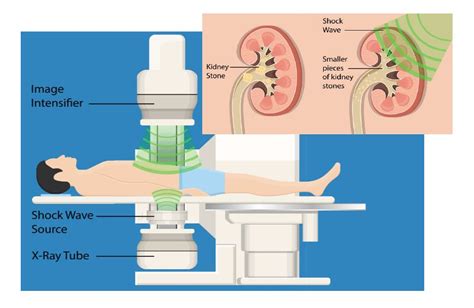
How Lithotripsy Works
The working mechanism of lithotripsy involves the use of high-energy shock waves that are focused on the kidney stone. The shock waves are generated by a machine called a lithotripter, which uses electromagnetic or piezoelectric technology to produce the shock waves. The shock waves are then directed at the kidney stone, causing it to break down into smaller pieces. The procedure is typically performed in an outpatient setting, and the patient can return home the same day.Types of Lithotripsy
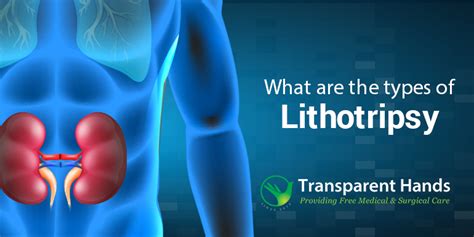
Benefits of Lithotripsy
The benefits of lithotripsy are numerous, including a high success rate, minimal side effects, and a quick recovery period. Lithotripsy is a non-invasive procedure, which means that it does not require surgery or incisions. This reduces the risk of complications and promotes faster healing. Additionally, lithotripsy is a relatively painless procedure, with most patients experiencing only mild discomfort during and after the procedure.Lithotripsy Procedure
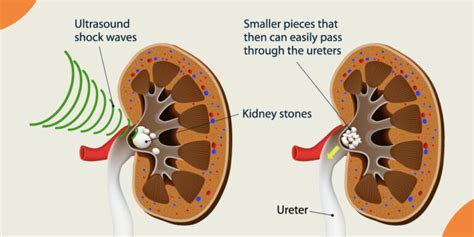
Preparation for Lithotripsy
Preparation for lithotripsy typically involves the following steps: * The patient is required to stop taking certain medications, such as blood thinners, before the procedure. * The patient is required to undergo imaging tests, such as CT scans or ultrasound, to locate the kidney stone and determine its size and position. * The patient is required to sign a consent form before the procedure, which outlines the risks and benefits of lithotripsy.Complications of Lithotripsy
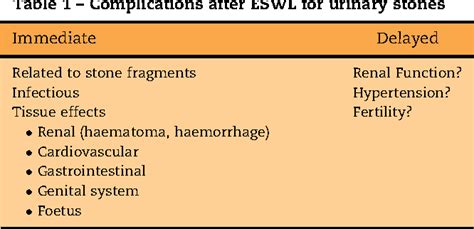
Risks and Side Effects
The risks and side effects of lithotripsy are generally mild and temporary. These may include: * Pain or discomfort during and after the procedure * Nausea or vomiting * Fatigue or weakness * Blood in the urine * InfectionRecovery from Lithotripsy
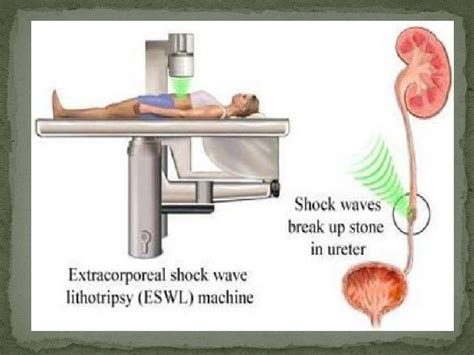
Follow-up Care
Follow-up care after lithotripsy is crucial to ensure that the stone is completely broken down and that there are no complications. This may involve: * Imaging tests to check for any remaining stone fragments * Blood tests to check for any signs of infection or kidney damage * Follow-up appointments with the doctor to monitor the patient's progressCost of Lithotripsy
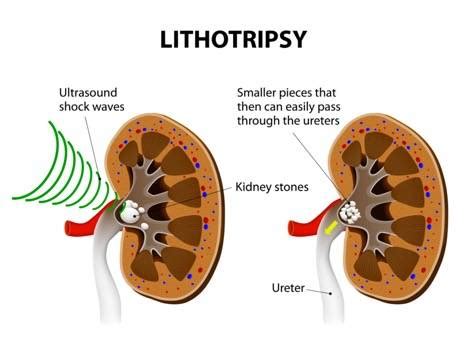
Insurance Coverage
Insurance coverage for lithotripsy can vary depending on the provider and policy. However, most insurance plans cover lithotripsy as a treatment option for kidney stones. It is essential to check with the insurance provider to determine if lithotripsy is covered and to discuss any out-of-pocket expenses with the doctor.What is lithotripsy?
+Lithotripsy is a non-invasive medical procedure that uses shock waves to break down kidney stones into smaller pieces that can be easily passed out of the body.
How long does lithotripsy take?
+The length of time for lithotripsy can vary depending on the size and location of the stone, but it typically takes around 30-60 minutes.
What are the benefits of lithotripsy?
+The benefits of lithotripsy include a high success rate, minimal side effects, and a quick recovery period. It is also a non-invasive procedure, which reduces the risk of complications and promotes faster healing.
What are the risks and side effects of lithotripsy?
+The risks and side effects of lithotripsy are generally mild and temporary, but may include pain or discomfort, nausea or vomiting, fatigue or weakness, blood in the urine, and infection.
How much does lithotripsy cost?
+The cost of lithotripsy can vary depending on the location, doctor, and type of procedure, but on average, it can range from $5,000 to $20,000.
In conclusion, lithotripsy is a highly effective treatment option for kidney stones, offering a high success rate, minimal side effects, and a quick recovery period. As we have explored the world of lithotripsy, it is clear that this medical procedure has transformed the lives of countless individuals, providing them with a new lease on life. If you or a loved one is suffering from kidney stones, it is essential to discuss lithotripsy with your doctor to determine if it is the right treatment option for you. We invite you to share your thoughts and experiences with lithotripsy in the comments below and to share this article with anyone who may benefit from this life-changing procedure.
